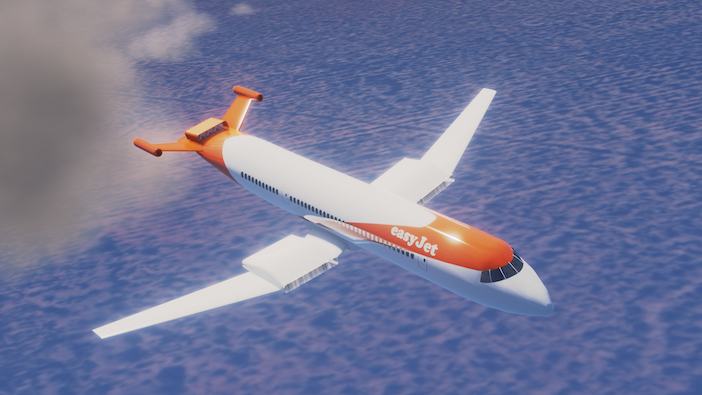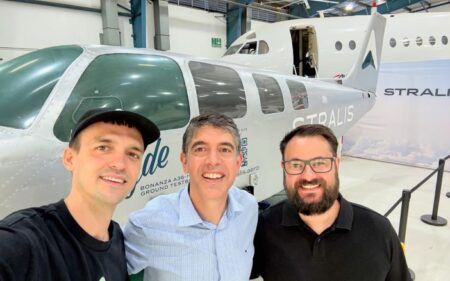Wright Electric has been awarded a US$650,000 grant from the US Department of Energy’s Electric Aircraft Program to help develop a propulsion system for a future commercial electric aircraft.
The funding has been awarded as part of the Advanced Research Projects Agency-Energy’s (ARPA-E) Aviation-class Synergistically Cooled Electric-motors with iNtegrated Drives (ASCEND) program. It will be used to help develop innovative, lightweight, and ultra-efficient electric propulsion motors, drives, and associated thermal management systems.
Wright Electric, which was founded in 2016, is developing its Wright 1 narrowbody aircraft to have 186 seats, a range of 800 miles and is targeting a 2030 entry into service. The company is partnering with European airline Easyjet and business aviation services provider Jetex for the development of the Wright 1.
During an event at the beginning of the year, Wright Electric revealed a number details about the Wright 1 and said that it planned for ground testing of the propulsion system to begin in 2021 and flight testing to start during 2023 on a Boeing 747 testbed.
As part of the ARPA-E program, Wright said it will design propulsion systems that innovate in areas such as integrated cooling, power electronics, and structural design to enable power densities beyond 12 kW/kg. Turbine engines today achieve approximately 6-9 kW/kg. Its design will use existing manufacturing techniques and a permanent magnet motor coupled with an aggressive cooling strategy and a high-frequency inverter.
In phase one of the ARPA-E program, the team will create a detailed design and subcomponent testing of this system. In a second phase, it aims to build and demonstrate this system.
According to the company, single-aisle and twin-aisle aircraft that carry 100 or more passengers account for more than 90% of global emissions from commercial aircraft.
“We could not be more happy to collaborate with the experts at ARPA-E on the future of aircraft design,” said Jeff Engler, CEO of Wright.





